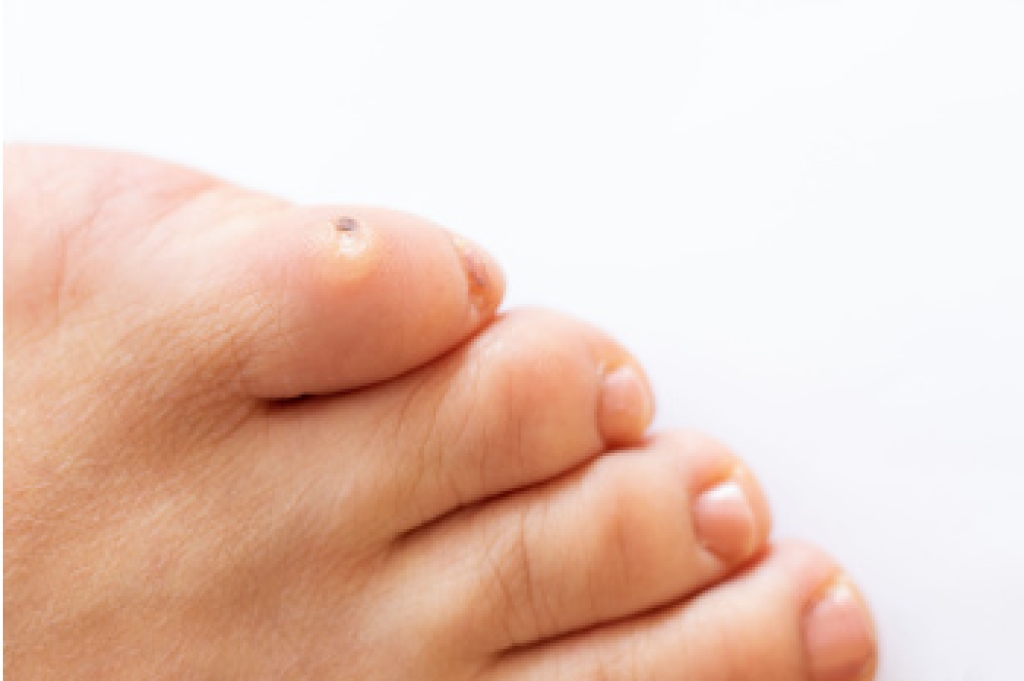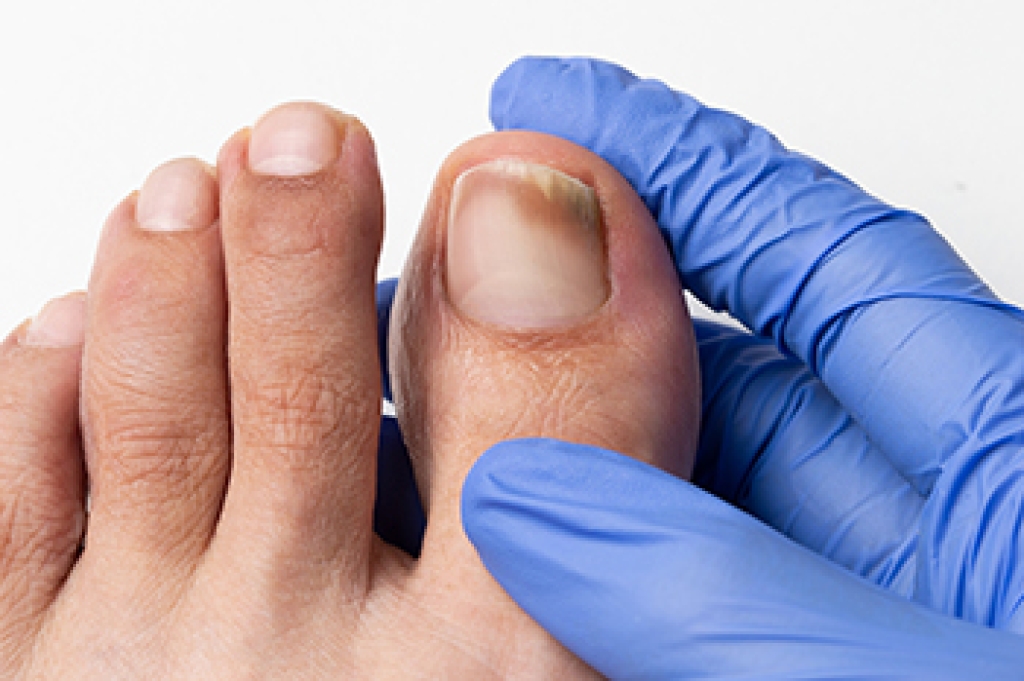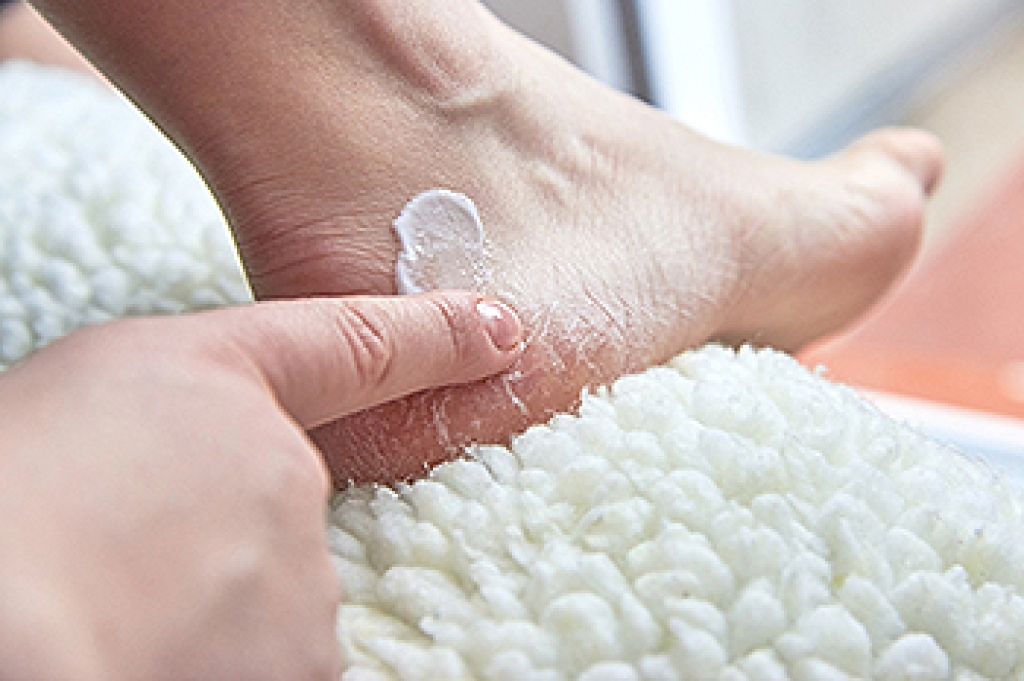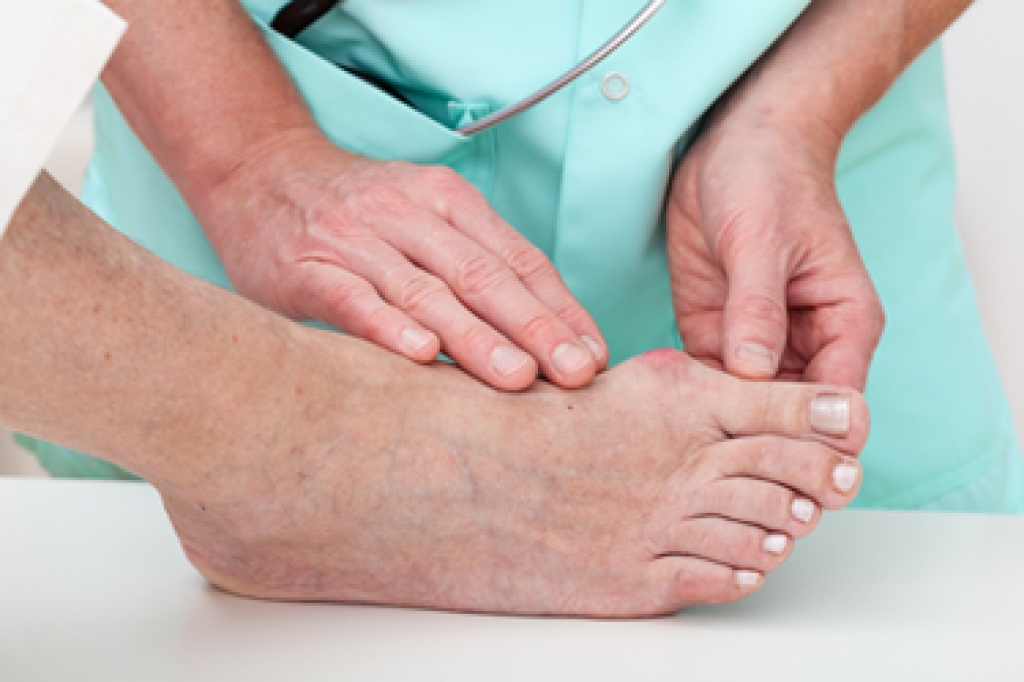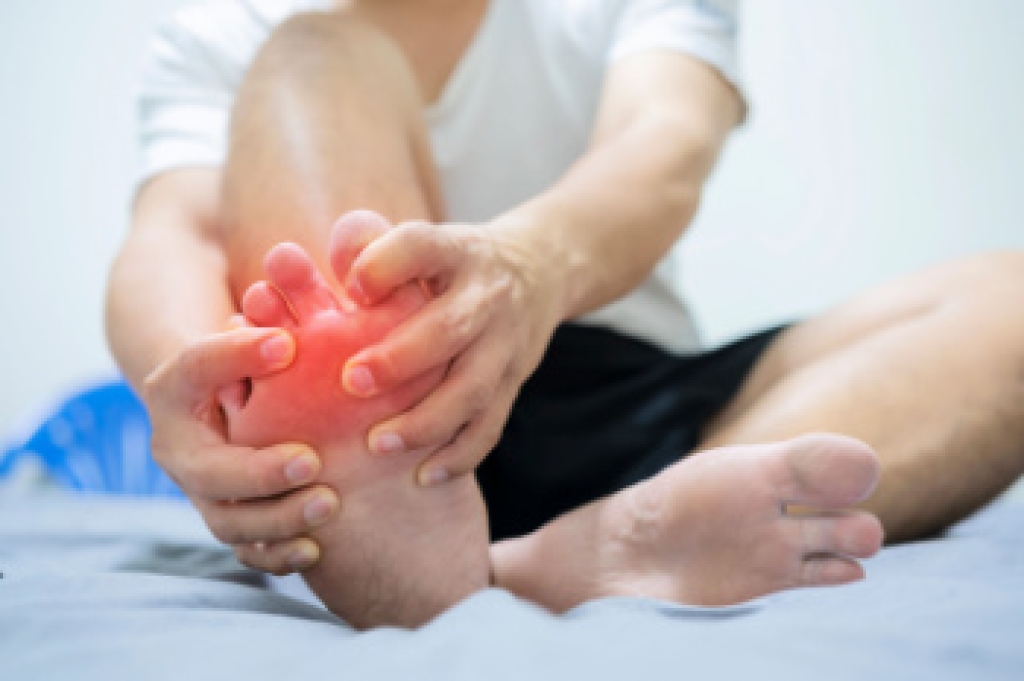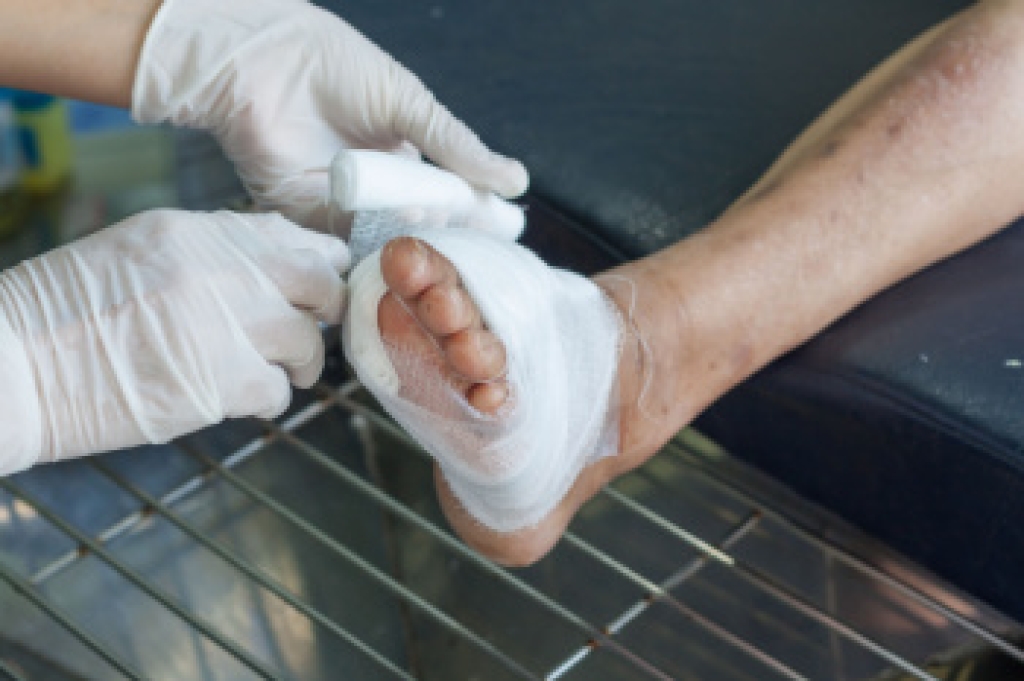
One of the most dangerous complications linked to diabetes is a foot infection. Diabetic foot infections can progress quickly and threaten overall limb health. Once the skin is broken, harmful bacteria may enter, leading to infections that range from mild skin involvement to deep tissue or bone infections such as osteomyelitis. Neuropathy, which reduces sensation in the feet, and poor circulation make patients more vulnerable to developing wounds and ulcers. Common problems include cellulitis, abscesses, septic arthritis, and necrotizing fasciitis, which can severely damage the feet and ankles. Untreated infections may result in prolonged hospitalization, severe disability, or possible limb loss. A podiatrist can perform an exam, order imaging when necessary, debride infected tissue, and determine if surgery is needed to control the infection. Early treatment is vital to protect the feet and prevent serious complications. If you have signs of a diabetic foot infection, it is suggested that you make an immediate appointment with a podiatrist.
Diabetic foot care is important in preventing foot ailments such as ulcers. If you are suffering from diabetes or have any other concerns about your feet, contact Kent DiNucci, DPM from Ankle and Foot Clinic . Our doctor can provide the care you need to keep you pain-free and on your feet.
Diabetic Foot Care
Diabetes affects millions of people every year. The condition can damage blood vessels in many parts of the body, especially the feet. Because of this, taking care of your feet is essential if you have diabetes, and having a podiatrist help monitor your foot health is highly recommended.
The Importance of Caring for Your Feet
- Routinely inspect your feet for bruises or sores.
- Wear socks that fit your feet comfortably.
- Wear comfortable shoes that provide adequate support.
Patients with diabetes should have their doctor monitor their blood levels, as blood sugar levels play such a huge role in diabetic care. Monitoring these levels on a regular basis is highly advised.
It is always best to inform your healthcare professional of any concerns you may have regarding your feet, especially for diabetic patients. Early treatment and routine foot examinations are keys to maintaining proper health, especially because severe complications can arise if proper treatment is not applied.
If you have any questions, please feel free to contact our office located in Omaha, NE . We offer the newest diagnostic and treatment technologies for all your foot care needs.
